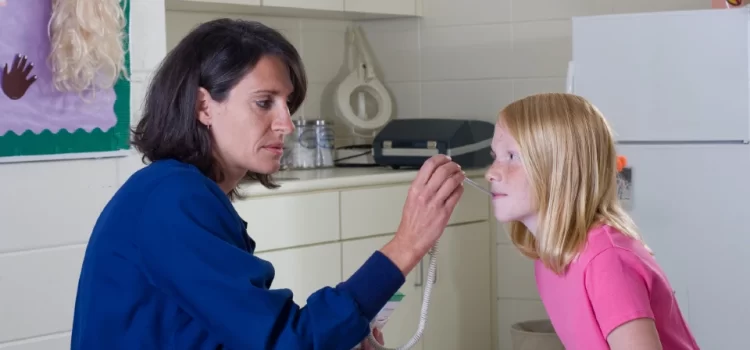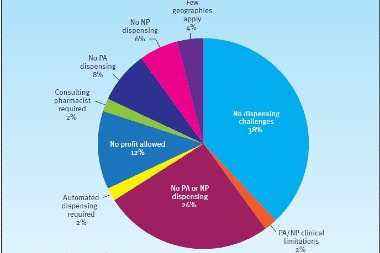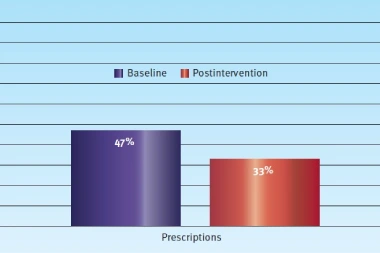Urgent message: By leveraging grant funding, community-facing services, and a collaborative model with school districts, QUICKmed Urgent Care operates a successful school-based health center model. This innovative approach addresses healthcare gaps in underserved areas and augments the operator’s core business. Alan A. Ayers, MBA, MAcc Click Here to download the article PDF QUICKmed Urgent Care, based in Youngstown, OH, is a prominent provider in the state’s Northeast region. Its 12 traditional urgent care centers are …
Read More









